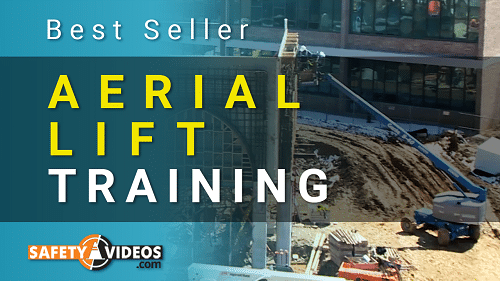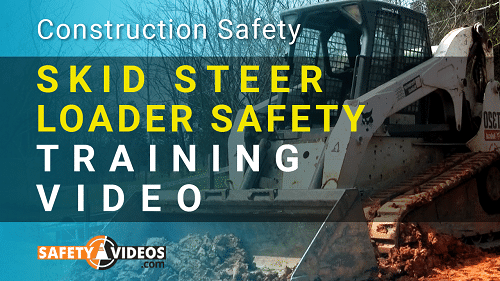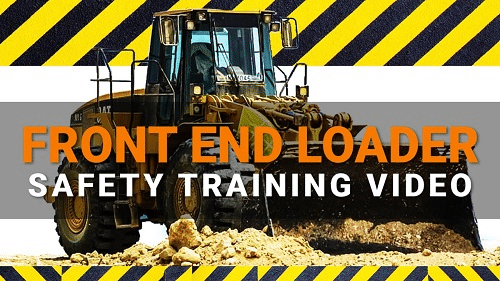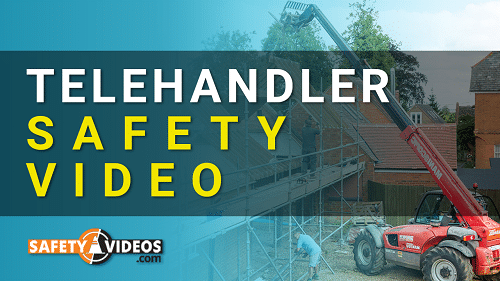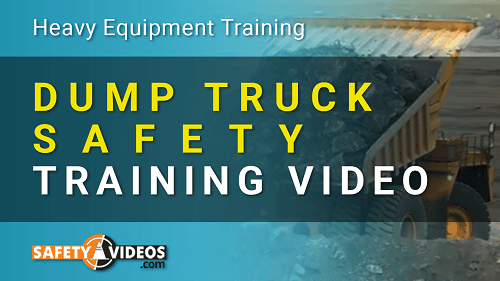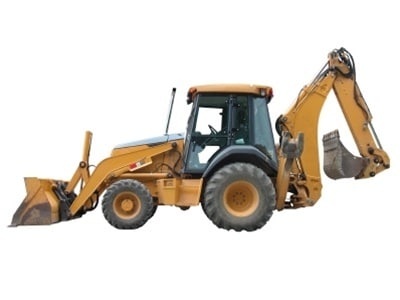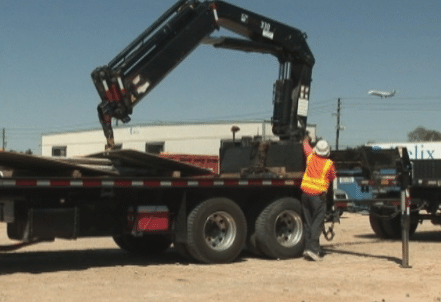Heavy Equipment Training
Showing all 9 results
What Is Included in Our Heavy Equipment Operator Training Courses?
Our OSHA-compliant heavy equipment operator training programs include everything you need to keep your employees and workplace safe. The courses are available in English and Spanish and come in multiple convenient formats, including DVD, USB, or online. Once purchased, you can use the DVD and USB formats as much as you want for training and retraining.
Our online safety training subscription includes our entire library of safety training courses starting at $995 annually. With this subscription, you get access to our training system where you can easily assign training to your employees and track their progress.
The individual heavy equipment operator training courses range in price from $219 to $239 and include safety training videos that range from 7 to 27 minutes long. Also included are the following training materials:
- Training video
- Quiz and answer sheet
- Customizable PowerPoint presentation
- Presenter’s guide
- Employee sign-in sheet
- Printable certifications (wallet-size and full-size)
Does OSHA Require Heavy Equipment Operator Training?
Yes, OSHA requires heavy equipment operators to be trained and qualified to operate machinery safely. Although no single OSHA standard exists for heavy equipment operators, relevant safety requirements are found within 1910 and 1926 for general safety and specific equipment. The OSHA safety training standards relevant to heavy equipment operators include:
-
- Construction workplace safety: Training requirements under 1926.21 apply to any equipment used on a construction site such as skid steers, excavators, and front-end loaders.
- Aerial lifts: The requirements for training under 1926.453(b)(2)(ii) apply to aerial lifts and bucket trucks.
- Cranes and derricks: For cranes and derricks, including articulating cranes, crawler cranes, and floating cranes, training requirements fall under 1926.1427.
- Earthmoving equipment: Training requirements under 1926.602(d) apply to earthmoving equipment, including front-end loaders, crawlers, bulldozers, and graders.
- The control of hazardous energy (LOTO procedures): OSHA regulation 1910.147 details the training requirements for anyone working with energized equipment or workplaces with energized equipment.
- Powered industrial trucks: Training requirements relevant to forklifts and telehandlers fall under 1910.178.
- Vehicle-mounted elevating and rotating work platforms: Training requirements under 1910.67 apply to boom lifts and aerial lifts.
Employers must train operators specifically on the equipment they are assigned to use so they understand the hazards associated with them. If the employee is assigned to a different machine, they should be trained on the specifics of that equipment.
Who Can Provide Heavy Equipment Training?
Typically, knowledgeable employees or third parties can provide training. Many standards reference training by a “competent person” or someone with the “knowledge, training, and experience to train operators and evaluate their competence.”
What Is Required to Become a Certified Heavy Equipment Operator?
Broadly speaking, all heavy equipment operators must receive practical training, hands-on training, and an evaluation of competence to operate. Some equipment standards only require a practical demonstration of skill, while others also require a written test to evaluate competency.
For example, cranes and derricks require testing and certification through an accredited program or an audited employer program, with employees needing to pass both a written and practical exam [1926.1427].
How Often Is Training Required?
It is best practice to retrain employees every three years. Retaining is also required in the following situations:
- The operator is observed not following safe operating procedures.
- The operator is involved in an accident or near-miss incident.
- The operator receives an evaluation showing unsafe operation.
- The operator is assigned to use a different type of heavy machinery.
- Workplace conditions change in a way that could affect safe operation.
How Should Heavy Equipment Operator Training Be Documented?
OHSA standard 1910.178(l)(6) requires that powered industrial truck training certification include the operator’s name, the training date, the evaluation date, and the evaluator’s name. Similarly, 1926.1427(f)(6), which applies to cranes, mandates the same information, with the added requirement to document the make, model, and configuration of the equipment used during the evaluation.
While the exact type of documentation isn’t specified for all machines, it’s best to document the employee’s name, date of training, type of training provided, names of trainers, and any supporting documents such as quizzes and evaluation checklists. Our wallet cards and certificates of completion make it easy to document and maintain accurate records for compliance and auditing purposes.
